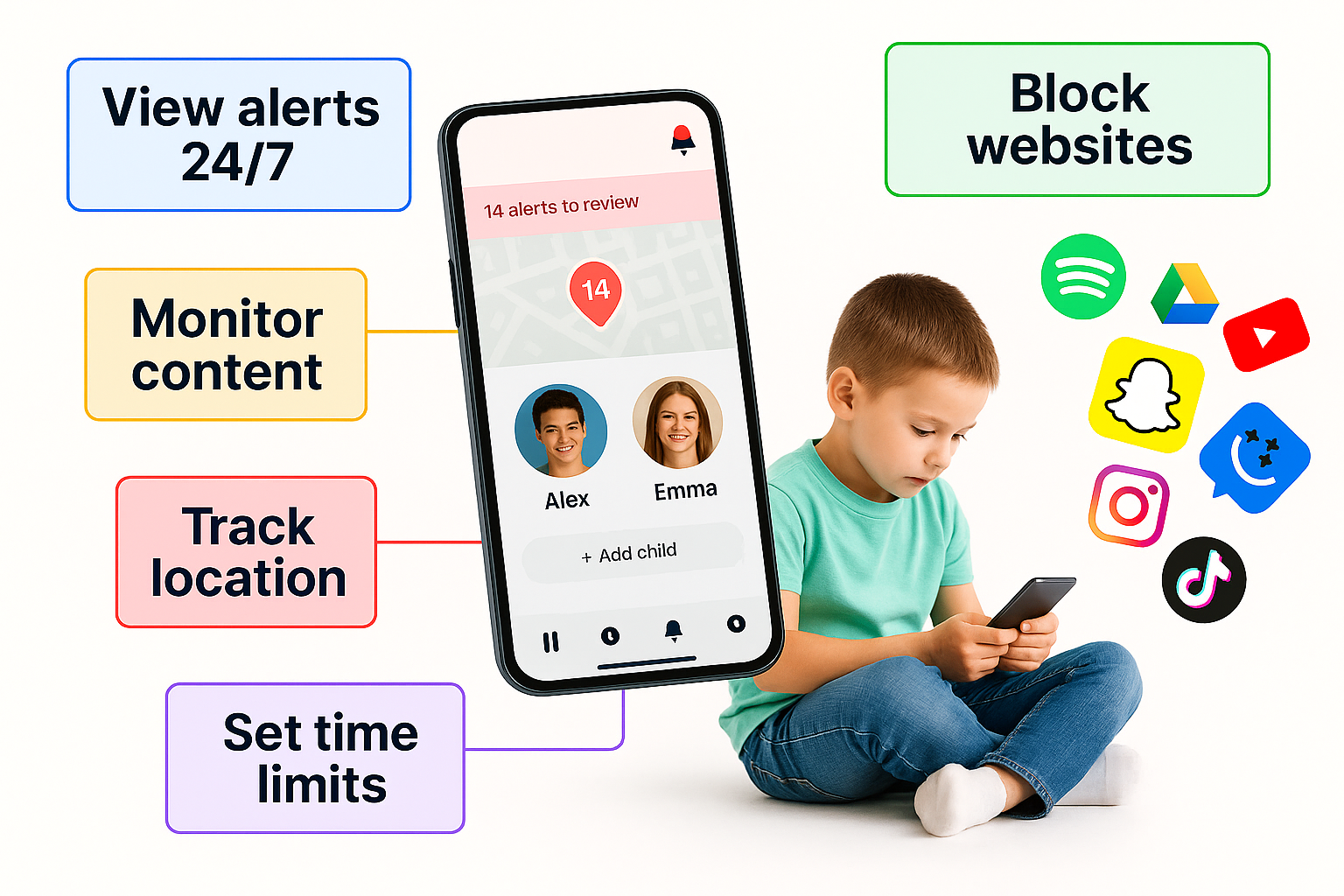A Real‑Life Parent Story: How We Reclaimed Family Time with a Kids’ Smartphone and Smartwatch
When my nine-year-old started asking for a phone like their friends had, we thought we were ready. After all, everyone else seemed to be doing it. But almost overnight, our family dynamic changed. Endless scrolling, late-night chats, and mood swings followed. Dinnertime turned into phone time, and our once-curious child seemed glued to a glowing screen.
We realized something had to change — not just the device, but our approach. That’s when we made the switch: we traded in the regular smartphone for a kid-safe phone with parental controls and added a GPS smartwatch for communication and tracking. This combination didn’t just change how our child used tech — it changed our family life.
The Problem With Regular Smartphones
Here’s what we started noticing once the first phone came into the picture:
- Dinners became quiet as notifications interrupted conversation.
- Our child stayed up past bedtime to check messages or scroll.
- Social media was a daily topic — and a daily argument.
- Family time shrunk while screen time exploded.
We weren’t prepared for the speed at which social media took over. A “just one app” policy turned into slippery ground. Even with monitoring, we couldn’t keep up with what our child was seeing or who they were talking to.
Why We Switched to a Safer Setup
Instead of fighting about screen time every day, we stepped back and changed the tools we were using. We chose a child-friendly smartphone that limited apps, required parent approval, and blocked open access to the internet. We also added a kids’ GPS smartwatch for basic calling, messaging, and location tracking.
What changed:
- The smartphone had pre-approved apps only — no app store or surprise downloads.
- Social media access was paused until further review.
- The smartwatch allowed only trusted contact communication.
- We set daily time limits and automatic device “downtime” during sleep hours.
- We built a weekly ritual to talk about tech, emotions, and how it was all going.
Our child slept better, felt less pressure to constantly check their phone, and started to enjoy real-life play again. Family dinners returned. Even small things — like board game night — became easier without constant tech distractions.
How Social Media Made Things Harder
Before switching devices, we didn’t realize just how much social media impacted our child’s mood. From comparison to other kids, to being left out of group chats, there was an invisible emotional rollercoaster happening every day. Comments or a lack of likes had a real effect.
We learned that even if your child seems mature, social media is designed to keep them scrolling — and comparing. It wasn’t helping their confidence or creativity. It was creating stress.
Instead of banning everything, we took a different route:
- We removed social media from their current phone.
- We explained why: to protect mental health, sleep, and attention.
- We talked about what social media is, how it works, and what it does to our brains.
- We agreed to revisit the topic when they showed more signs of readiness.
What Worked for Us
The new setup didn’t just block access. It started conversations. We set rules together. We built a phone contract, posted screen-free zones in the house, and checked in weekly.
A few things that helped most:
- Starting fresh with devices made for kids.
- Keeping open dialogue about social media and feelings.
- Creating clear rules: when to use devices, and when not to.
- Giving our child a say in which safe apps they could use.
- Showing them we cared about their well-being — not just control.
Tips for Other Parents
- Don’t rush into giving a regular phone. Start with one built for safety.
- Delay social media until your child has the maturity to handle it.
- Make your own family rules together. Kids follow rules they help make.
- Set screen time schedules that include tech breaks, not just limits.
- Watch your own phone habits — your child notices more than you think.
- Talk about the feelings that come with online life, not just the apps.\
This wasn’t just about getting a new phone. It was about regaining control, peace, and connection. Our kids don’t need more apps. They need guidance, boundaries, and support. With a child-safe smartphone and a smartwatch to stay connected, we built trust and healthy habits from the ground up.
If you’re on the fence about your child’s first phone, know this: the right tech choices, paired with conversation and care, can help your family grow closer — not further apart.

